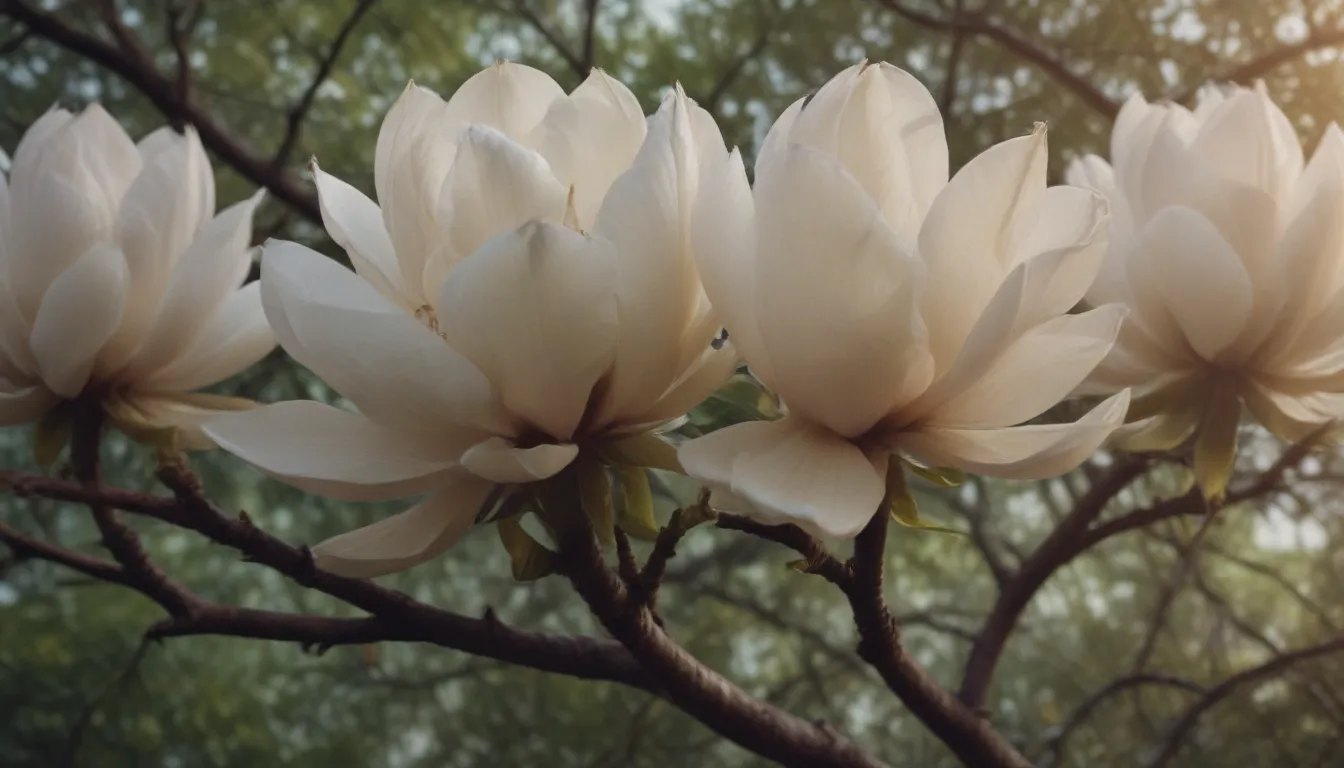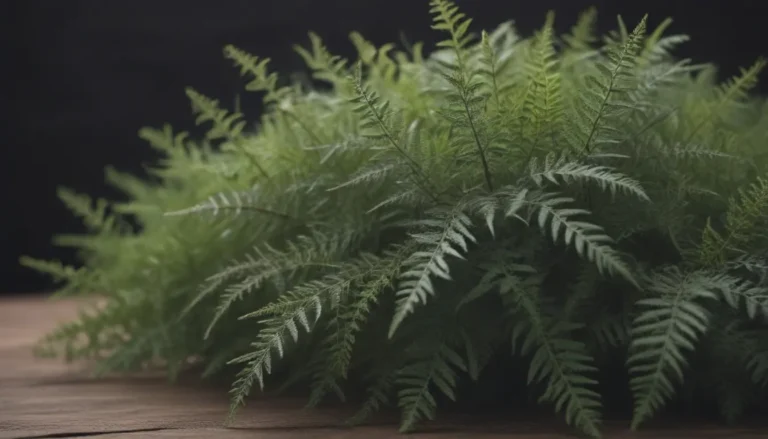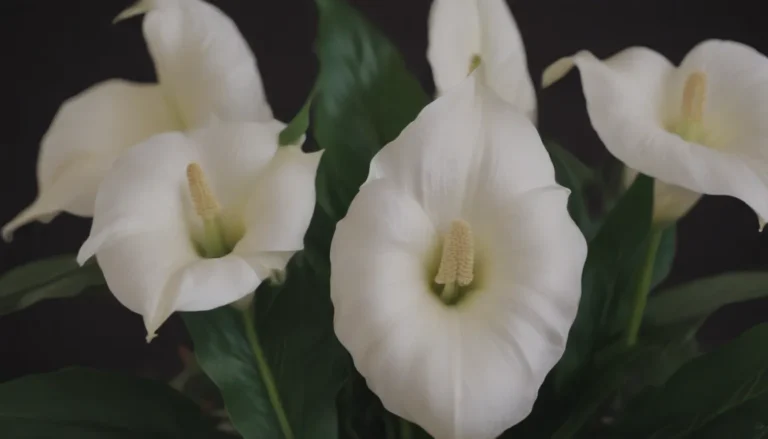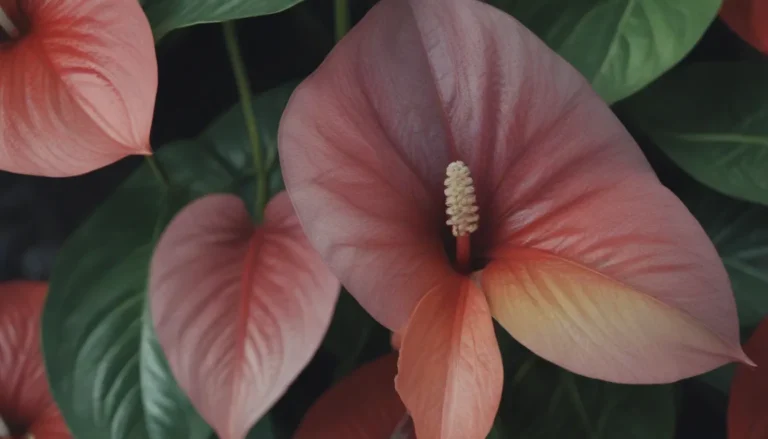Understanding and Nurturing the Magnificent Magnolia Tripetala

If you’re looking to add a touch of elegance to your garden or landscape, the Magnolia Tripetala could be just what you need. This small-to-medium flowering tree is native to the eastern United States and is renowned for its dazzling white blooms and glossy green leaves. Commonly known as the umbrella magnolia, it thrives in areas with limited sunlight, making it an ideal choice for shaded landscapes. In this comprehensive guide, we’ll delve into everything you need to know to care for and nurture this stunning tree.
Unveiling the Beauty of Magnolia Tripetala
The Magnolia Tripetala is relatively easy to care for, provided you follow a few key steps to ensure its well-being. Here are the crucial factors that will keep your Magnolia Tripetala thriving in your garden:
Light
In their natural habitat, Magnolia Tripetala trees can be found at the edges of wooded areas, basking in the sun or the shade of larger canopy trees. To mimic these conditions in your landscape, it’s essential to provide your tree with either full sun or partial shade. Ensuring the right amount of sunlight will create the perfect environment for your Magnolia Tripetala to flourish and produce an abundance of blooms.
Soil
For optimal growth, plant your Magnolia Tripetala in an area with rich, loamy soil that remains consistently moist but not waterlogged. Additionally, this tree prefers slightly acidic soil, so it’s a good idea to test your soil before planting to determine if any amendments are needed to adjust the pH levels.
Water
During the first two years after planting, it’s crucial to water your Magnolia Tripetala regularly, especially during the spring and summer months until the roots are well-established. Deep watering is key, so aim for longer watering sessions rather than frequent, short bursts. While the tree doesn’t tolerate dry soil well, it also doesn’t thrive in wet conditions, so maintaining a proper watering schedule is essential for its health.
Temperature and Humidity
Magnolia Tripetala trees are not frost-hardy and do not thrive in extremely hot, humid conditions. They are best suited for temperate landscapes in USDA zones 5-8, where they can enjoy a longer blooming season. To ensure your tree remains happy and healthy, avoid planting it in areas prone to high winds or harsh temperature extremes.
Fertilizer
To support the growth of beautiful blooms, consider adding a high Phosphorous (P)NPK formulation of 5-30-5 fertilizer to your Magnolia Tripetala. This will help boost flower production and enhance the overall health of the tree.
Pruning Tips for Magnolia Tripetala
While Magnolia Tripetala trees don’t require extensive pruning, some light maintenance can help keep them in top shape. Here are some pruning tips to follow:
- Remove suckers and prevent unwanted main trunks from forming.
- Annually prune to eliminate dead, dying, and damaged branches.
- Conduct sucker removal in spring when new growth appears.
- Apply anti-growth products to deter new sucker growth.
- When removing trunks, consider the tree’s form and avoid removing more than 1/3 of the live material at a time.
Exploring Varieties of Magnolia Tripetala
While the Magnolia Tripetala is a beautiful tree on its own, there are a few cultivated varieties that showcase its best features. Some popular cultivars and hybrids include:
- Magnolia Tripetala ‘Bloomfield’
- Magnolia Tripetala ‘Woodlawn’
- Magnolia ‘Charles Coates’
Propagation Techniques for Magnolia Tripetala
Propagating Magnolia Tripetala is a great way to expand your collection while maintaining the health of your existing tree. One of the easiest methods of propagation is through taking cuttings. Here’s a simple guide to propagating Magnolia Tripetala:
- Gather garden clippers, a sharp sterilized knife, rooting hormone, potting mix, and pots.
- Take cuttings from the tree and plant them in pots with potting mix.
- Keep the cuttings moist and provide them with adequate sunlight for optimal growth.
Encouraging Blooms on Magnolia Tripetala
While the glossy leaves of the Magnolia Tripetala are stunning, the tree is truly cherished for its large white blooms. To ensure your tree produces an abundance of flowers, here are some tips to consider:
- Provide plenty of sunlight and protect the tree from strong winds.
- Water the tree regularly to maintain hydration.
- Apply a high phosphorous fertilizer to boost flower production.
Addressing Common Issues with Magnolia Tripetala
Despite being low-maintenance, Magnolia Tripetala trees can face a few challenges. Here are some common problems and how to manage them effectively:
Leaf Spots
If you notice circular brown or black spots with yellow-ringed patches on the leaves, your tree may be experiencing a fungal issue. To address this problem, remove infected leaves, water the soil (not the tree), rake fallen leaves, and treat the tree with a general tree fungicide if necessary.
Late Frosts
Late frosts can cause flowers to drop prematurely, posing a challenge to Magnolia Tripetala trees. While prevention is challenging once the tree is planted, consider planting it in a well-protected site to minimize frost damage.
In conclusion, the Magnolia Tripetala is a magnificent tree that adds beauty and elegance to any landscape. By following these care tips and techniques, you can ensure that your tree thrives and continues to impress with its stunning blooms and glossy leaves. So, go ahead and nurture your Magnolia Tripetala to create a picturesque sanctuary in your outdoor space!





